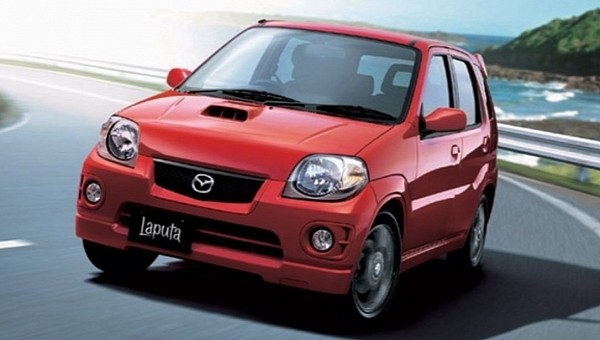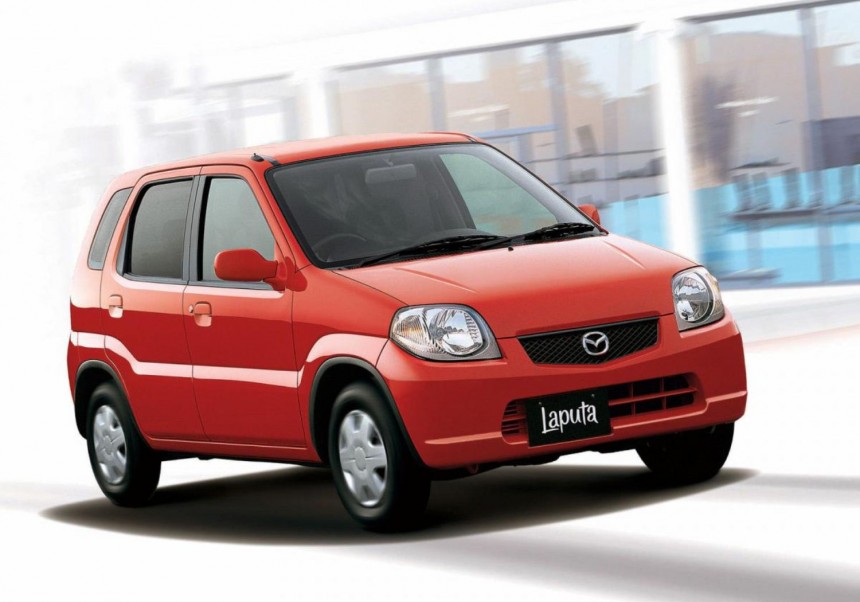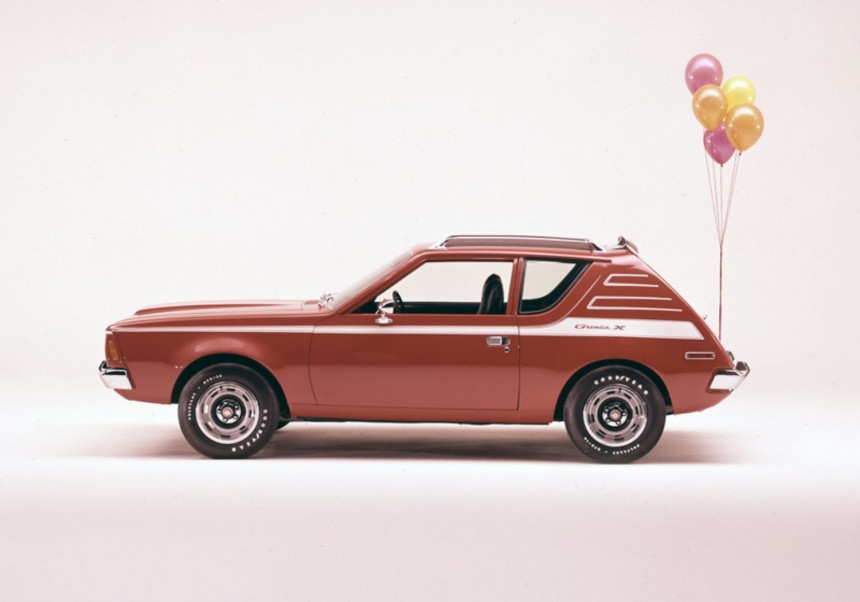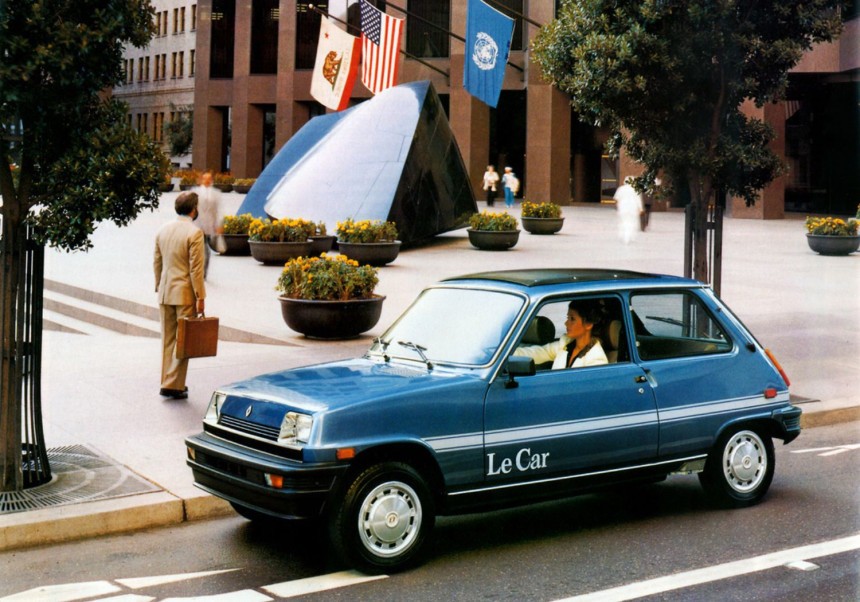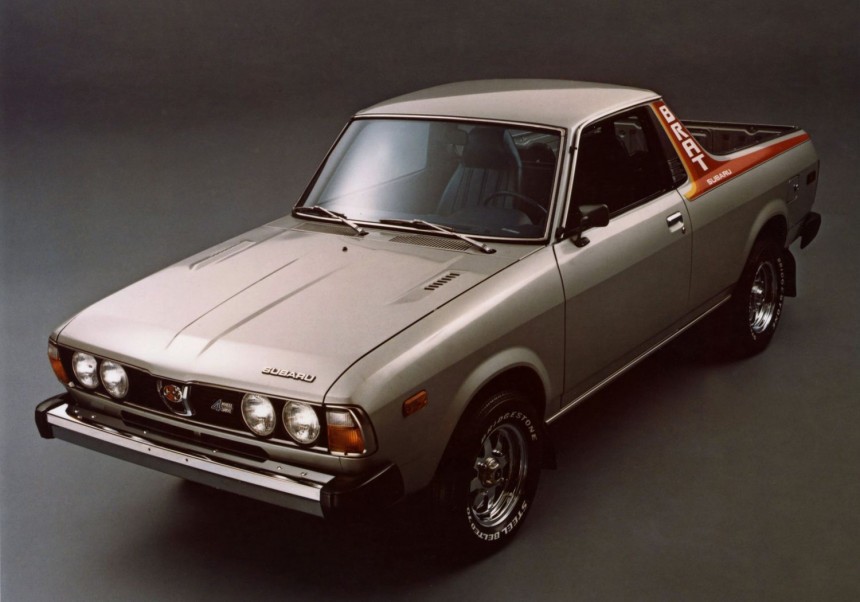Choosing the right name for a new model is definitely not an easy task. Some carmakers got it right by coming up with awesome names that became legendary, while others failed miserably.
When the first automobiles came into being, choosing an appealing name was not something that manufacturers cared much about. The vehicles received a brand name, which was usually borrowed from the company’s founder (or founders). Then, as newer iterations started to appear, a second name was added to easily differentiate them from other models.
Earlier model names were pretty straightforward, reflecting obvious things such as the design iteration (in numerical or alphabetical order), the car’s engine displacement, or body type. But, as marketing strategies became more and more complex, a lot more attention and creativity went into choosing an appealing name.
This led to iconic nameplates like Mustang, Viper, Diablo, or Firebird that do a great job of reflecting the car’s personality. However, some brands made awful choices that compare to naming your baby boy Adolf.
While they’re responsible for some of the coolest cars ever built, Japanese manufacturers are the undefeated champions of bad car names.
Unquestionably the worse of them all is Laputa, a JDM kei car that Mazda added to their lineup in 1999. Like most kei cars, which are popular because they are practical and cheaper to ensure, the Laputa was powered by a 658 cc three-cylinder engine available in either naturally aspirated or turbocharged form.
This particular model started life as the Suzuki Kei, which wasn’t the most creative model name, but then Mazda came in. Through a partnership between the two companies, Mazda was allowed to sell an identical model which continued to be produced by Suzuki. The only thing they had to do is fit their own badges and choose a different name.
Well, the people in charge of this task were apparently not among the hundreds of millions who are fluent in Spanish, choosing a name that literally translates to “the prostitute” if one puts a space after the first two letters.
I find it hard to believe that the only thing on the marketing team’s minds was the flying island from Gulliver's Travels and that no one knew what Laputa would allude to for Spanish speakers. Maybe they did, but concluded that it wouldn’t be a problem for Japanese customers, although I’m sure that there are plenty of natives and immigrants who speak Spanish. In the end, Mazda wasn’t bothered by this and continued to sell the Laputa in Japan for no less than seven years.
The oldest model on this list was introduced nearly a century ago, in 1927. Studebaker, a now-defunct carmaker which was based in South Bend, Indiana began rebranding its models in the mid-1920s, so the latest version of its mid-size car which used to be called Standard Six received a rather controversial moniker.
This name was reportedly chosen because the brand wanted to market the car as a model that dictated the standards in terms of comfort and reliability.
At first, there weren’t many Americans who had an issue with this, since the term “dictator” wasn’t as broadly used as it is today. The only man who was called a dictator in the U.S. was Benito Mussolini, but he wasn’t mentioned in the press too often. However, things changed dramatically a few years later, when Hitler rose to power in Germany and “dictator” was on everyone’s lips. Studebaker was forced to drop the name in 1938 and the succeeding model was called Champion.
Another car developed by a defunct American manufacturer; the Gremlin was released in 1970 with the aim of challenging imports in the increasingly-popular subcompact market.
AMC marketed the car as "cute and different," which apparently was a success. The car was unquestionably different, but “cute” is the last word I would use to describe it, as it looks like something that my four-year-old son would draw when he’s in a hurry.
To make matters arguably worse, AMC chose to name it “Gremlin”, which literally means an imaginary being that’s responsible for a mechanical or electrical fault. It goes without saying that naming a car after something that causes mechanical or electrical issues is not a good idea, but despite that, the Gremlin sold pretty well.
Revealed by the French manufacturer in 1971 and sold in several European markets a year later, this tiny little thing was known as Renault 5. Not much more than a budget-friendly people mover at the time of its release, it was wildly successful on the Old Continent.
It also served as the base for one of the very first hot hatches, the Renault 5 Turbo, a piece of RWD mid-engine madness developed to homologate the R5 for rallying.
Its popularity and strong sales in Europe encouraged Renault to bring the R5 to North America, where it had around 250 dealerships. However, the marketing team thought that a different name would be more appealing than 5 and ended up calling it Le Car, probably because Le Pew was taken by Warner Bros. The Turbo version was never sold in North America, but if it did, I have to wonder if Renault would have called it Le Car Turbo or Le Turbo Car.
In all seriousness, it was an uninspiring name that was created by weirdly combining the French word for “the” (le) with the English word “car”. Not only does it sound condescending, but it’s also kind of grammatically incorrect because the definite article that goes with the noun “car” (voiture in French) is “la” not “le”.
The second Japanese entry on our list was developed back home in 1977, but it was aimed at the North American market, where it competed against other passenger car-derived pickups like the Chevy El Camino or Ford Ranchero.
With standard all-wheel drive and better ground clearance, it was more practical than its competitors, but its name was far less impressive. Unlike Mazda’s blatant mistake, Subaru intended to call it Bi-drive Recreational All-terrain Transporter, but since that was a mouthful, they chose to go with the acronym.
Still, since it was developed for North America, someone should have pointed out that “brat” is used to describe a misbehaving kid. That never happened, and even though the second generation was sold in other parts of the world using other names such as Brumby, Shifter, MV, or Pickup, it remained a BRAT in North America and even in the UK.
Earlier model names were pretty straightforward, reflecting obvious things such as the design iteration (in numerical or alphabetical order), the car’s engine displacement, or body type. But, as marketing strategies became more and more complex, a lot more attention and creativity went into choosing an appealing name.
This led to iconic nameplates like Mustang, Viper, Diablo, or Firebird that do a great job of reflecting the car’s personality. However, some brands made awful choices that compare to naming your baby boy Adolf.
Mazda Laputa
Unquestionably the worse of them all is Laputa, a JDM kei car that Mazda added to their lineup in 1999. Like most kei cars, which are popular because they are practical and cheaper to ensure, the Laputa was powered by a 658 cc three-cylinder engine available in either naturally aspirated or turbocharged form.
This particular model started life as the Suzuki Kei, which wasn’t the most creative model name, but then Mazda came in. Through a partnership between the two companies, Mazda was allowed to sell an identical model which continued to be produced by Suzuki. The only thing they had to do is fit their own badges and choose a different name.
Well, the people in charge of this task were apparently not among the hundreds of millions who are fluent in Spanish, choosing a name that literally translates to “the prostitute” if one puts a space after the first two letters.
I find it hard to believe that the only thing on the marketing team’s minds was the flying island from Gulliver's Travels and that no one knew what Laputa would allude to for Spanish speakers. Maybe they did, but concluded that it wouldn’t be a problem for Japanese customers, although I’m sure that there are plenty of natives and immigrants who speak Spanish. In the end, Mazda wasn’t bothered by this and continued to sell the Laputa in Japan for no less than seven years.
Studebaker Dictator
This name was reportedly chosen because the brand wanted to market the car as a model that dictated the standards in terms of comfort and reliability.
At first, there weren’t many Americans who had an issue with this, since the term “dictator” wasn’t as broadly used as it is today. The only man who was called a dictator in the U.S. was Benito Mussolini, but he wasn’t mentioned in the press too often. However, things changed dramatically a few years later, when Hitler rose to power in Germany and “dictator” was on everyone’s lips. Studebaker was forced to drop the name in 1938 and the succeeding model was called Champion.
AMC Gremlin
AMC marketed the car as "cute and different," which apparently was a success. The car was unquestionably different, but “cute” is the last word I would use to describe it, as it looks like something that my four-year-old son would draw when he’s in a hurry.
To make matters arguably worse, AMC chose to name it “Gremlin”, which literally means an imaginary being that’s responsible for a mechanical or electrical fault. It goes without saying that naming a car after something that causes mechanical or electrical issues is not a good idea, but despite that, the Gremlin sold pretty well.
Renault Le Car
It also served as the base for one of the very first hot hatches, the Renault 5 Turbo, a piece of RWD mid-engine madness developed to homologate the R5 for rallying.
Its popularity and strong sales in Europe encouraged Renault to bring the R5 to North America, where it had around 250 dealerships. However, the marketing team thought that a different name would be more appealing than 5 and ended up calling it Le Car, probably because Le Pew was taken by Warner Bros. The Turbo version was never sold in North America, but if it did, I have to wonder if Renault would have called it Le Car Turbo or Le Turbo Car.
In all seriousness, it was an uninspiring name that was created by weirdly combining the French word for “the” (le) with the English word “car”. Not only does it sound condescending, but it’s also kind of grammatically incorrect because the definite article that goes with the noun “car” (voiture in French) is “la” not “le”.
Subaru BRAT
With standard all-wheel drive and better ground clearance, it was more practical than its competitors, but its name was far less impressive. Unlike Mazda’s blatant mistake, Subaru intended to call it Bi-drive Recreational All-terrain Transporter, but since that was a mouthful, they chose to go with the acronym.
Still, since it was developed for North America, someone should have pointed out that “brat” is used to describe a misbehaving kid. That never happened, and even though the second generation was sold in other parts of the world using other names such as Brumby, Shifter, MV, or Pickup, it remained a BRAT in North America and even in the UK.
